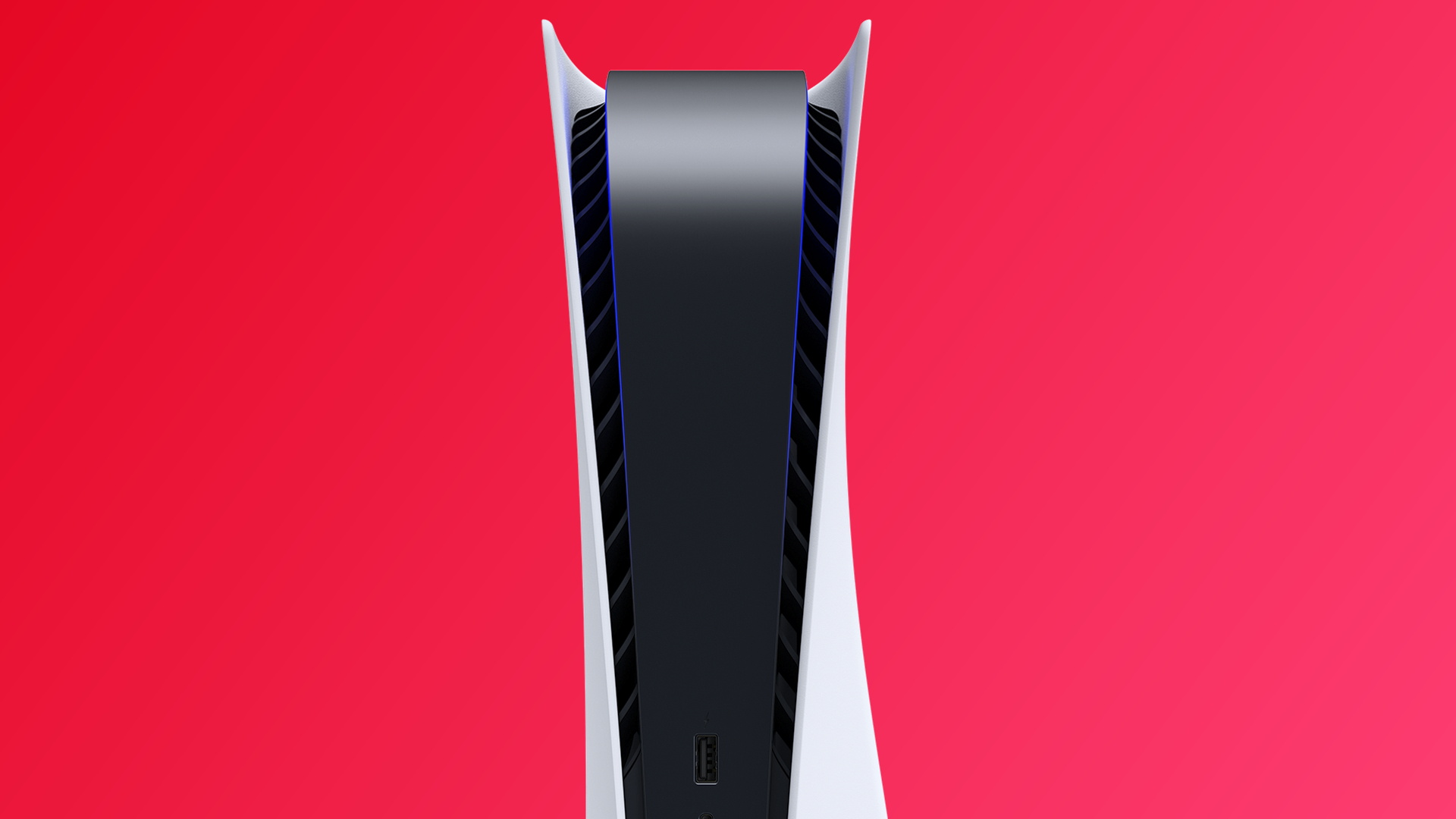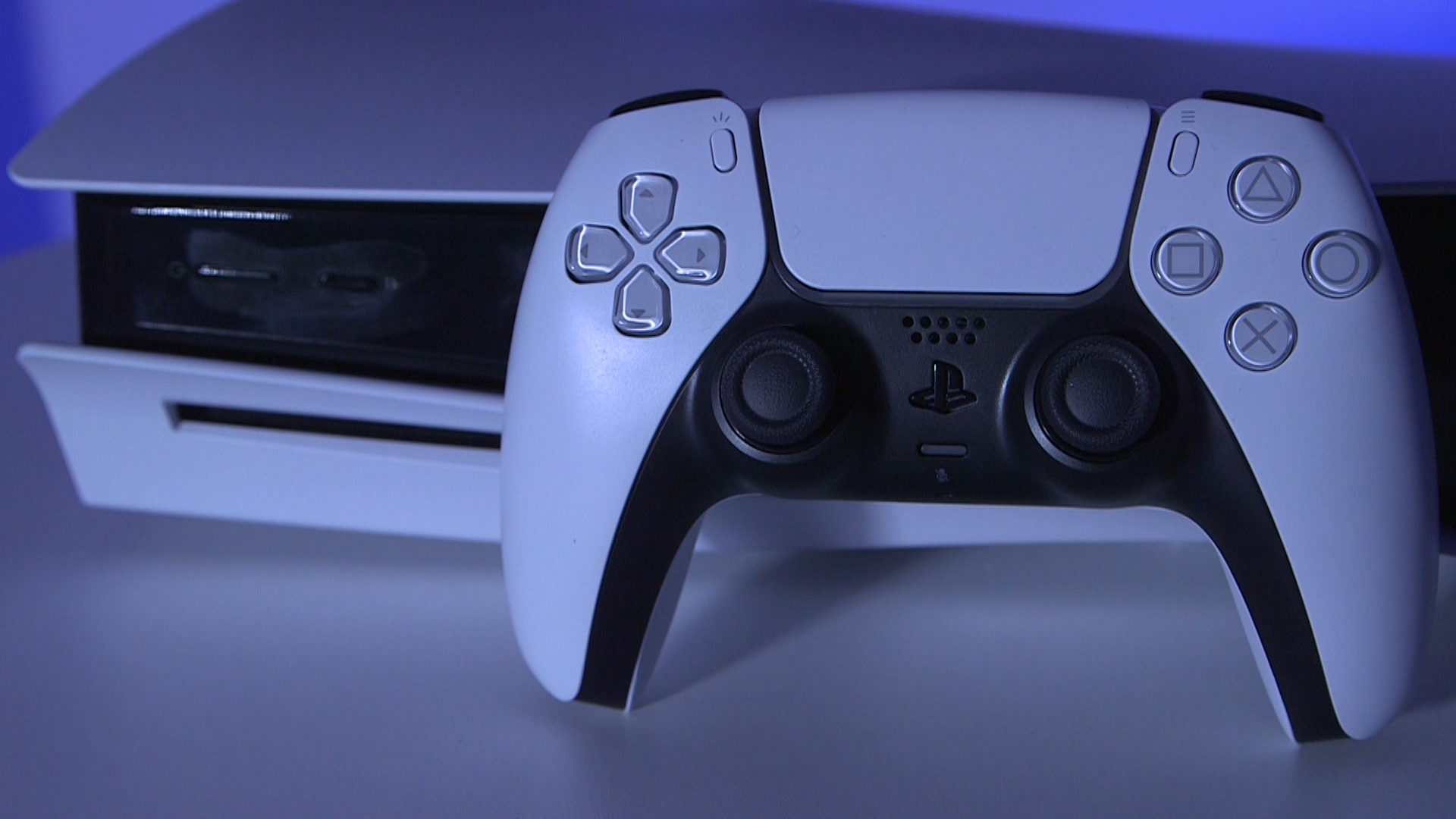Why a PS5 Pro is unlikely in 2023
Not quite yet

I’m seeing more and more rumors circulating around a potential PS5 Pro console release in 2023. However, given that we’re only two years removed from the first iteration of the console, we’re unlikely to see the console upgrade debut for a little while yet.
While I’m confident in stating that a PS5 Pro isn’t on the cards for 2023, that doesn’t we won’t see a new PlayStation model in the next 12 months. The PS5 Slim seems far more possible than an outright upgraded model. A PS5 Pro, which offers more powerful hardware than the base console would require new hardware to make work rather than the comparatively simpler job of shrinking the components of a three-year-old console.
The PS5 was first released in November 2020 and sold over 25 million units despite PS5 restocks being hit-and-miss over the past two years. The system remains incredibly popular for its exclusive PS5 games and capable hardware. Simply put, titles look and run great on the system in the vast majority of instances, with software built for the system largely seamless with the PC and Xbox Series X versions, too.
While the PS5 launched back in November 2020 and a hardware upgrade is likely on the cards, we can’t look to previous console generations as a good indicator of when Sony will release the PS5 Pro. Although the gap between the PS4 and the PS4 Pro was around three years, the main difference between those consoles was resolution-based. That’s because the former system was locked at 1080p, whereas the Pro could output 4K with HDR compatibility.
Back to the future

In 2016, when the PS4 Pro was released, WitsView predicted nearly a quarter of new TVs sold were 4K. With the PS5’s release still four years away, it made sense for Sony to release an upgraded version of its console that would appeal to 4K TV owners looking to make the best use of their new screens. While 8K TVs are already available and their market share is growing, it’s still a comparatively small group of people for Sony to aim for. A report published by Omdia in April predicts that just 2.7 million people would own an 8K TV by the end of 2026.
While a PS5 Pro could use more horsepower to achieve native 4K and better framerates there is less of a tangible need for an upgraded model until the 8K TV market grows, especially when Sony is still struggling to meet the current demand for the standard PS5.
However, looking at the tech that’s in the PS5 and the way the market is going, we can predict what will be in a future PS5 Pro.
Sign up for breaking news, reviews, opinion, top tech deals, and more.

What could the PS5 Pro hardware look like?
The current hardware inside the PS5 is a custom AMD Zen 2 SoC CPU with an AMD RDNA 2 ‘Oberon’ GPU which utilizes 16GB GDDR6 memory on a 256-bit memory bus clocked at 2233 MHz The next step for a technological evolution would be for Sony to use the AMD Zen 4 processor and an AMD RDNA 3 GPU in tandem, as both these components released at the tail-end of 2022. But to use such recent tech would be a costly upgrade.
That’s why a PS5 Slim is a much more likely hardware revision. Sony would be taking the existing RDNA 2 Oberon GPU and the AMD Zen 2 CPU, which are coming up on being more than three years old at this point, making them much cheaper components than they were back in 2020. It would now be easier for Sony and AMD’s engineering teams to produce the components on a smaller scale, allowing for a smaller chassis. We’ve previously reported on the possibility of a removable disc drive for PS5 recently, and this kind of form factor would bridge the gap of PS5 vs PS5 Digital Edition.
Removing the UHD disc drive, and shrinking the size of the motherboard, to fit smaller components would make for a considerably sleeker PS5 with no power loss. Plus if it’s compatible with a PS5 Digital Edition, a removable disc drive would mean owners could buy physical games. Sony released the PS4 Slim three years after the original console at a reduced price tag and with the same sized 500GB hard drive. And, while there may not be a market for an 8K capable PS5, a smaller, cheaper PS5 is a different story.
That would be consistent with Sony’s hardware history, too. We saw this with the PS3 – Sony released the original model in 2006, and the PS3 Slim in 2009. As well as the redesigned chassis, this new version of the console was much cheaper than the original, with a price tag starting at $299 / £249 for the 120GB model (it wasn't available in Australia). It effectively replaced the previous full-fat PS3 consoles on the market which ranged from $499 / £425 / AU$829 to $599 for the 20GB and 60GB SKUs. The UK and Australia did not receive the 60GB version, instead, a 40GB model was available in October 2007 for £299 / AU$699.99.
While there may be more of a market for a PS5 Pro in the future, especially as more advanced television technology becomes more available, a PS5 Slim is much more likely to arrive first. That’s not to say I don’t want to see what a PS5 Pro would bring to the table, but looking at Sony’s hardware history, I wouldn’t pin my hopes on it coming soon.

Formerly TechRadar Gaming's Hardware Editor, Aleksha McLoughlin is now a freelance writer and editor specializing in computing tech, video games, and E-commerce. As well as her many contributions to this site, you'll also find her work available on sister sites such as PC Gamer, GamesRadar, and Android Central. Additionally, more of her bylines can be found on Trusted Reviews, Dexerto, Expert Reviews, Techopedia, PC Guide, VideoGamer, and more.